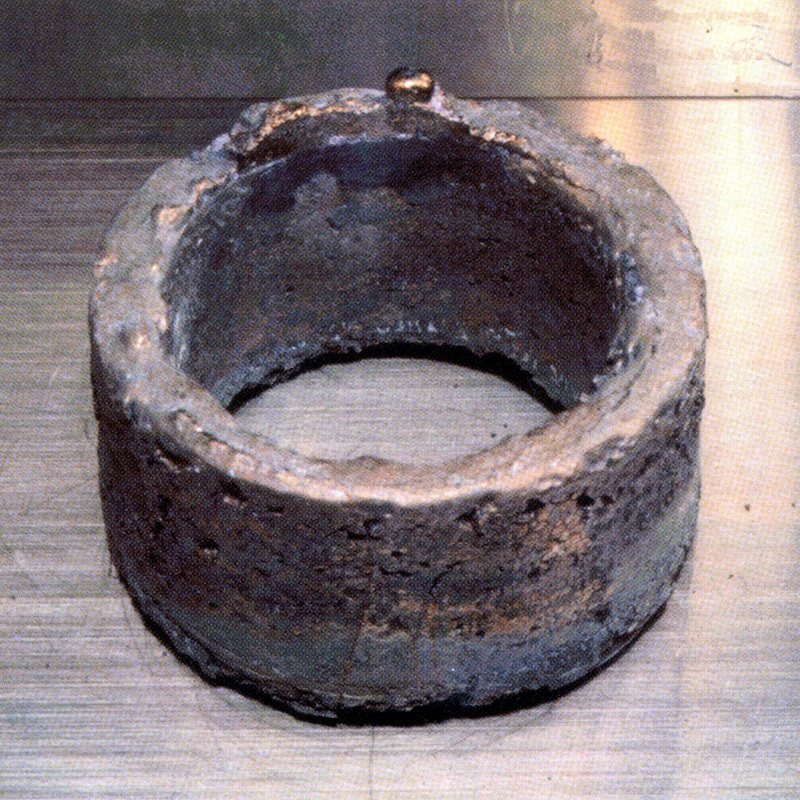Plutonium
94
Pu
Group
n/a
Period
7
Block
f
Protons
Electrons
Neutrons
94
94
150
General Properties
Atomic Number
94
Atomic Weight
[244]
Mass Number
244
Category
Actinides
Color
Silver
Radioactive
Yes
Named after the planet Pluto
Crystal Structure
Simple Monoclinic
History
Plutonium was first produced in 1940 by Glenn T. Seaborg, Edwin M. McMillan, Joseph W. Kennedy and Arthur Wahl.
Plutonium-238 was produced by deuteron bombardment of uranium-238 in the 60-inch cyclotron at the University of California, Berkeley.
The Berkeley team made neptunium-238 which decayed to plutonium-238.
Plutonium-238 was produced by deuteron bombardment of uranium-238 in the 60-inch cyclotron at the University of California, Berkeley.
The Berkeley team made neptunium-238 which decayed to plutonium-238.
Electrons per shell
2, 8, 18, 32, 24, 8, 2
Electron Configuration
[Rn] 5f6 7s2
The atomic bomb dropped on Nagasaki, Japan in 1945 had a plutonium core
Physical Properties
Phase
Solid
Density
19.816 g/cm3
Melting Point
912.55 K | 639.4 °C | 1182.92 °F
Boiling Point
3501.15 K | 3228 °C | 5842.4 °F
Heat of Fusion
n/a
Heat of Vaporization
325 kJ/mol
Specific Heat Capacity
-
Abundance in Earth's crust
n/a
Abundance in Universe
n/a

Image Credits: Wikimedia Commons (Los Alamos National Laboratory)
A ring of weapons-grade 99.96% pure electrorefined plutonium, enough for one bomb core
CAS Number
7440-07-5
PubChem CID Number
23940
Atomic Properties
Atomic Radius
159 pm
Covalent Radius
187 pm
Electronegativity
1.28 (Pauling scale)
Ionization Potential
6.0262 eV
Atomic Volume
12.32 cm3/mol
Thermal Conductivity
0.0674 W/cm·K
Oxidation States
3, 4, 5, 6, 7, 8
Applications
The isotope plutonium-239 is a key fissile component in nuclear weapons, due to its ease of fission and availability.
Plutonium-238 has also been used successfully to power artificial heart pacemakers, to reduce the risk of repeated surgery.
Plutonium-238 mixed with beryllium is used to generate neutrons for research purposes.
Plutonium-238 has also been used successfully to power artificial heart pacemakers, to reduce the risk of repeated surgery.
Plutonium-238 mixed with beryllium is used to generate neutrons for research purposes.
Plutonium is harmful due to its radioactivity
Isotopes
Stable Isotopes
-Unstable Isotopes
228Pu, 229Pu, 230Pu, 231Pu, 232Pu, 233Pu, 234Pu, 235Pu, 236Pu, 237Pu, 238Pu, 239Pu, 240Pu, 241Pu, 242Pu, 243Pu, 244Pu, 245Pu, 246Pu, 247Pu